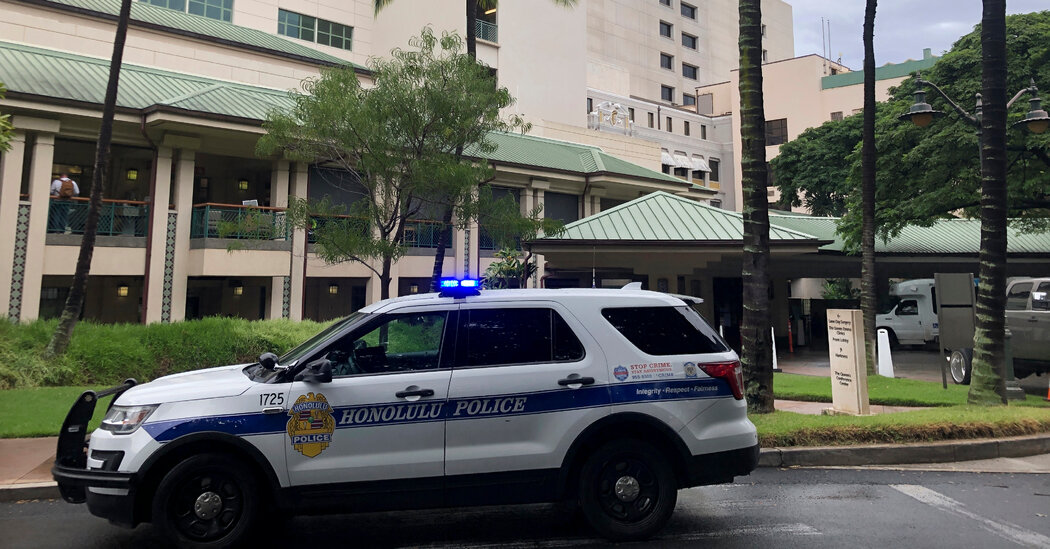“There was no warning for this particular patch of sky,” he said.
The seatbelt sign was on at the time, but some of the injured were not wearing their seatbelts, Mr Snook said. The National Transportation Safety Board will investigate, he said.
“We will have to look back at the investigation to understand what other measures were in place besides the seatbelt sign,” he added.
Thomas Vaughan, a meteorologist with the National Weather Service in Honolulu, said a weather report had been posted for thunderstorms at the time of the turbulence.
“They may have been flying into a thunderstorm,” he said.
Kaylee Reyes, a passenger on flight HA35, told Hawaii News Now that the turbulence came out of nowhere, sending her mother, who had unbuckled her seatbelt, thrown up and onto the ceiling of the plane’s cabin.
In recent years, other passengers have experienced similarly terrifying turbulence that has resulted in injuries on board. In 2019, 30 people were treated for injuries at New York’s Kennedy International Airport when a flight ran into severe turbulence. In 2015, 21 passengers on board an Air Canada flight were injured when sudden and intense turbulence knocked passengers out of their seats.
Jim Ireland, the director of the Honolulu Emergency Services Department, said at the press conference that it was “fortunate that there were no fatalities or other critical injuries.”
“It’s a holiday, everyone is trying to come here for a holiday or come back home,” he said. “It is generally a time when people are happy. And so obviously this is something that they hadn’t planned for on their journey here.
Livia Albeck-Ripka reporting contributed.

